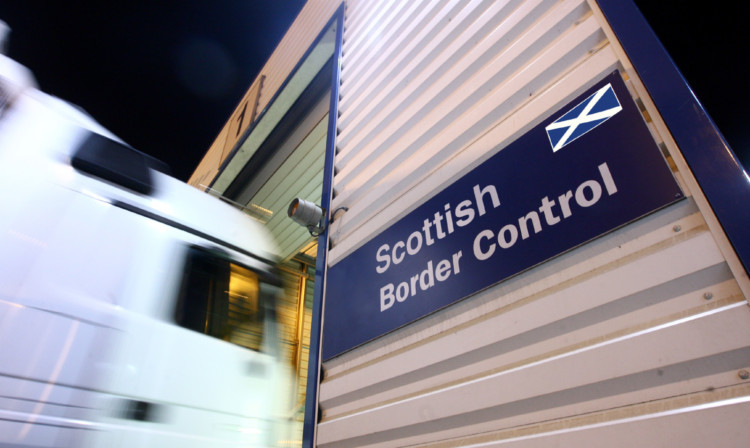The majority of Scots support reducing immigration but people in England and Wales want action taken at a far higher level, according to a new report.
Analysis conducted by Oxford University’s Migration Observatory suggests people’s views on the subject are strongly associated with their voting intentions in the independence referendum.
Three-quarters of people in England and Wales support reductions to immigration, whereas the level stands at 58% north of the border.
However, more people in Scotland think immigration is good for Scotland (49%) than bad (32%). In England and Wales “bad” for the country outpolled “good” by 49% to 35%.
Dr Scott Blinder, director of the Migration Observatory at Oxford University, and the author of the report, said: “Scotland’s attitudes toward migration are noticeably different to those in England and Wales, so this research is critical for both the referendum debate and for wider questions about migration policy in Scotland.
“In particular there is significantly less support in Scotland for reduced immigration than in England and Wales it is important not to exaggerate this, though.
“A majority of Scottish people still want to see immigration levels reduced.”
The Scottish Government’s White Paper on independence suggests a points-based immigration system and ministers have said a greater influx of skilled workers from overseas could counteract the economic impact of an ageing population.
However, earlier this year, Deputy First Minister Nicola Sturgeon told The Courier the country would not have an “open door” policy in the event of a Yes vote.
The survey data showed that people who expressed a desire for reduced immigration are considerably more likely to vote No in September’s referendum, with 58% of this group planning to back the Union and 28% supporting independence.
That compared to those who did not favour reductions to immigration, of which 45% would vote No and 40% Yes.
Dr Blinder added: “It is interesting to note that people who intend to vote yes in the referendum are much less likely to support reduced immigration than those who intend to vote ‘no’.
“There is also clearly strong support for Scotland controlling its own immigration policy, rather than Westminster, and the immigration issue is of less concern in Scotland than in England and Wales.”
